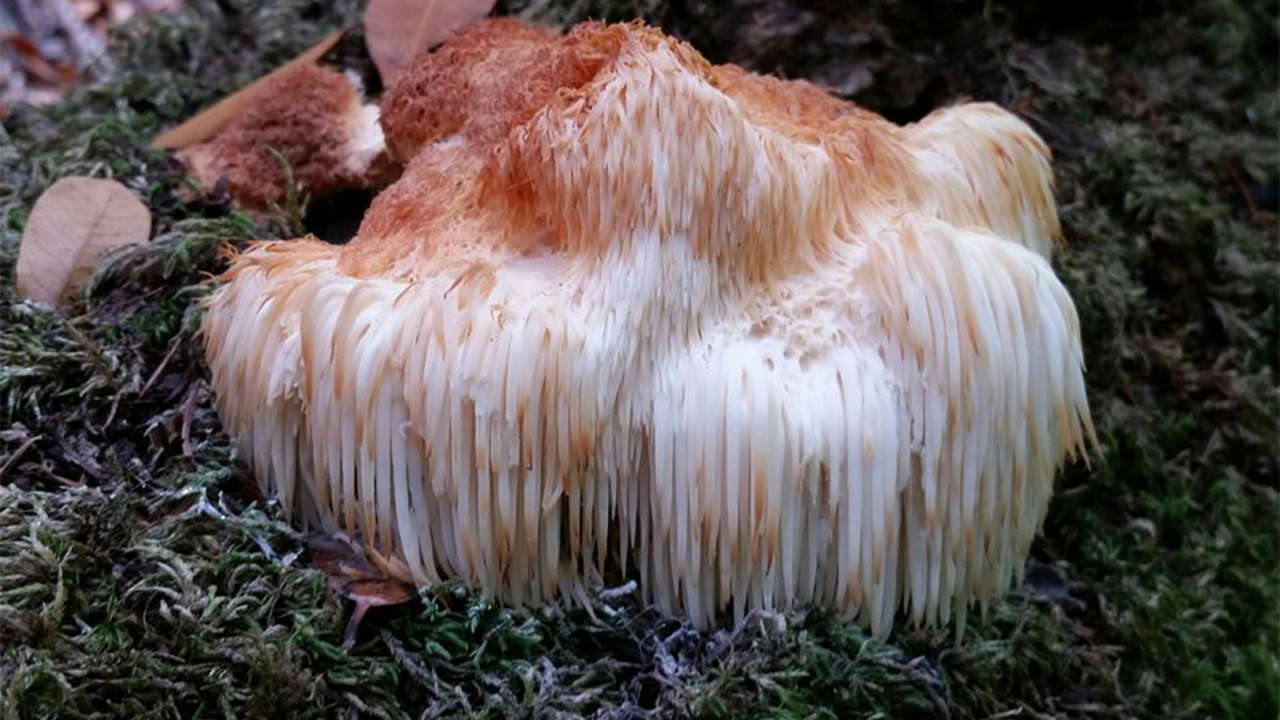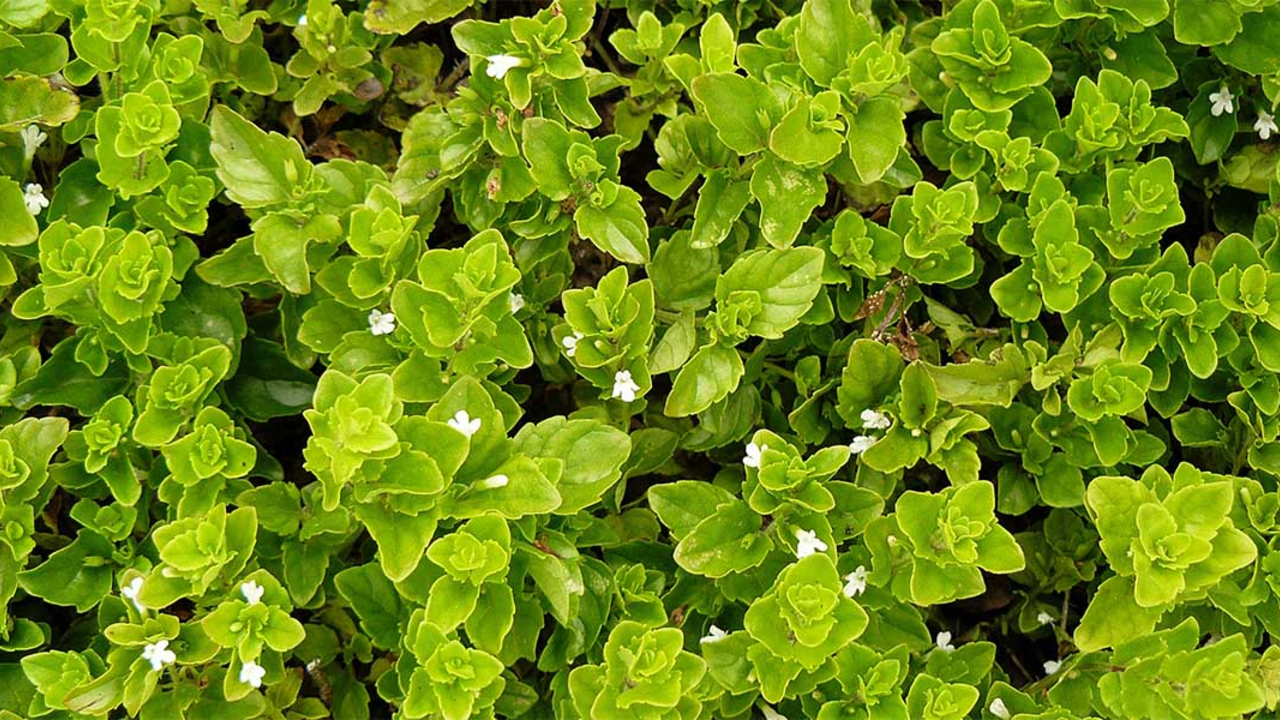Bay Area mushrooms: It’s not raining, it’s not sporing
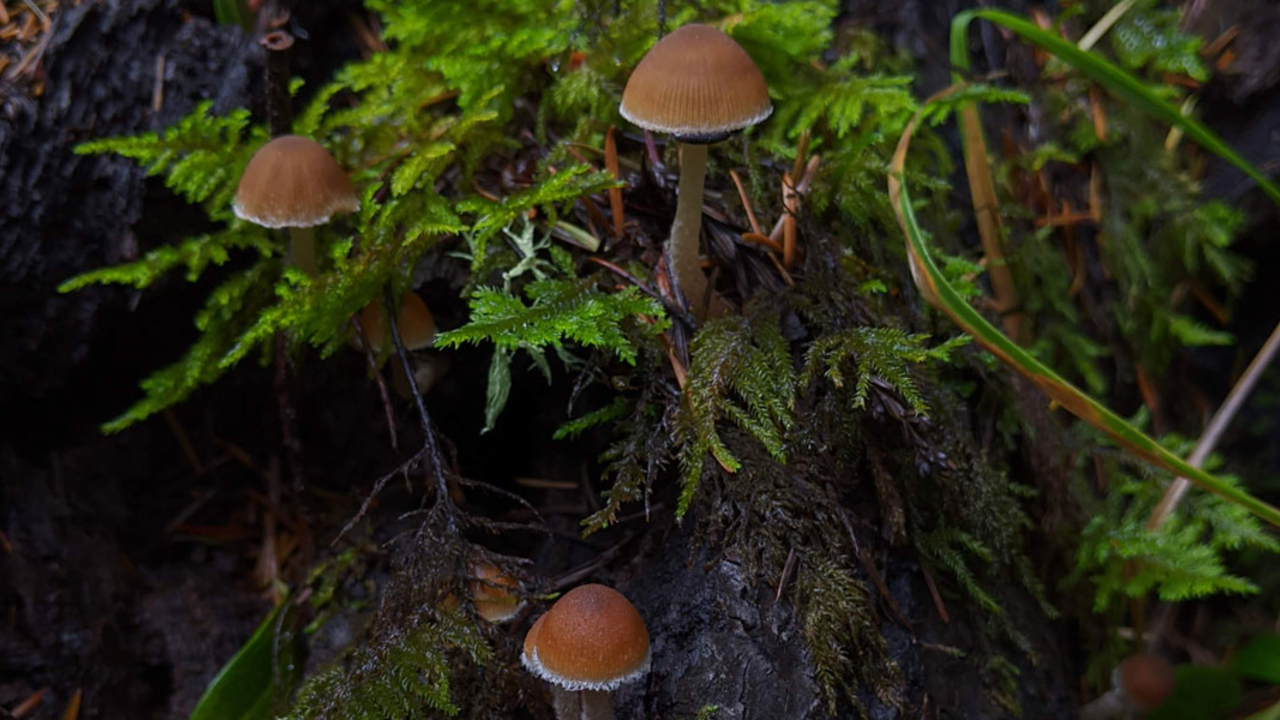
Analisa Torres/Parks Conservancy
By Analisa Torres
San Francisco Park Stewardship
Winter and spring are usually filled with rainy days when people sit and watch the green foliage start to take over landscapes. But in California, our winter days are instead spent in the blaring sun. Plants and humans are confused as flowers start to come out and we have to hide under our hats and behind our sunglasses.
As I write this in February, it's the 30th straight day of no rain. We have just started to recognize and understand the importance of an organism that is most affected by a lack of water: mushrooms. To understand our impact on these small organisms, we can learn more about what they are, their history, and how they can help us combat global warming.
Historically, mushrooms have been used as a resource but only recently have been implemented in restoration and the repurposing of natural resources to fight against the perils of global warming. Mushrooms have become important in science because of their multifaceted properties and their ability to adapt in different situations. Their uses have allowed humans to fight an abundance of challenges in restoration work. For example, during the Northern California wildfires, the ash left behind was made of natural debris and harmful chemicals. The fungus was used to absorb chemicals from erosion and rainfall. Mushrooms that grew from the process became food for insects, birds, and some animals.
Mushrooms, or fungus, are the spore-bearing fruiting bodies of mycelium which are usually found in soil, above ground, or on its food source. Its part of a larger organism called the mycelium, or as famous mycologist Paul Stamets puts it, “the neurological network of nature.” This mycelium is under the ground and spans thousands of miles. If you are standing on top of dirt then you are certainly standing on top of mycelium. Mushrooms appear from this mycelium after rain, they soak up water and nutrients from the dirt around them and grow into the mushrooms that we see everywhere in forests, parks, and even cities.
Mushrooms appear all over the world in almost all climates, their looks and uses changing from area to area. It is noted in Mycelium Running that mushrooms outnumber plants 6 to 1 and that 10 percent of fungi are mushrooms but only 10 percent of mushrooms have been identified. Today we are still finding new mushrooms all over the world and discovering new uses for them in our lives.
Views on mushrooms have changed over the past hundred years in part because of ecological changes, but also because of popular cultural changes. Historically, mushrooms were correlated with famine or bad luck, while instead, they are a good sign for a healthy ecosystem. They have become less stigmatized in mainstream culture with its funky looks and interesting properties, becoming a species that people have grown to love and learn about. Amanita muscaria, or a “fly agaric'' is commonly known for its striking red cap and fatality properties when eaten, but its interesting looks have made it extremely popular in art, becoming what some people think of when they hear the word “mushroom”.
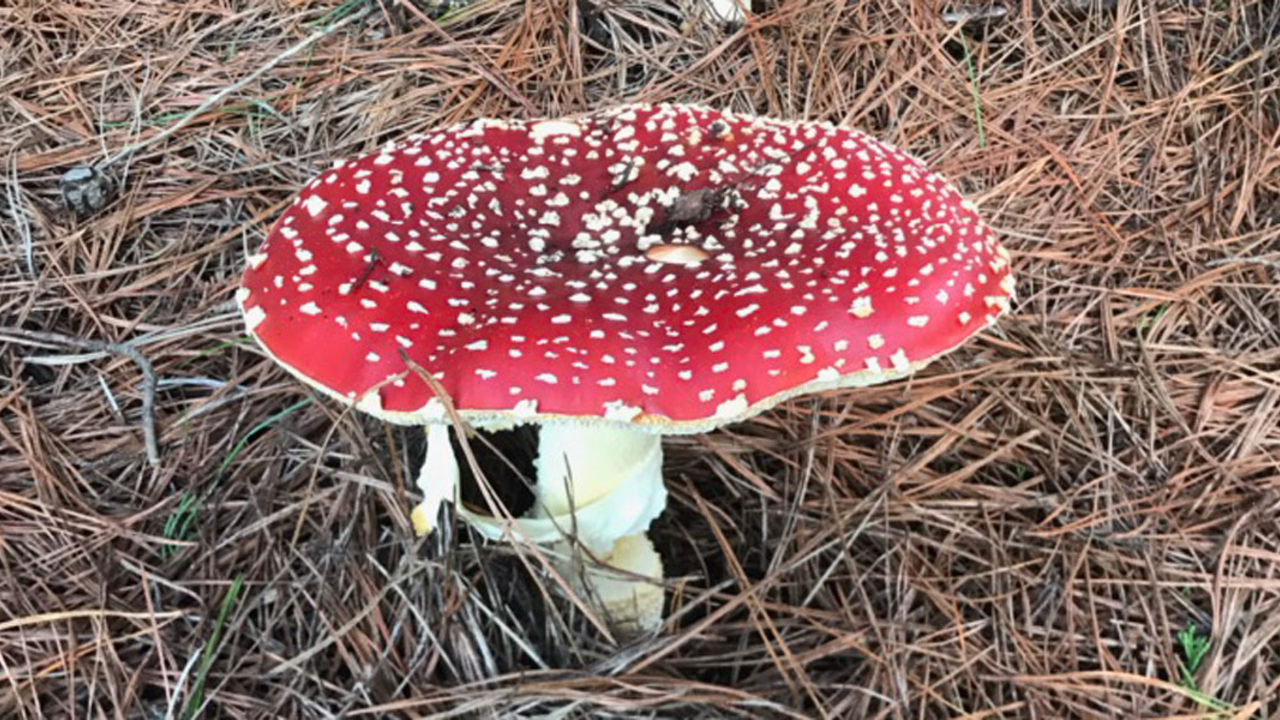
Many recent books and movies focus on foraging, where to find them, and their other uses in day to day life. While mushrooms have become a new topic of interest, their cultural and scientific significance has strayed into a more recreational use. Popular nightlife events and movies focus on the more non-traditional uses of mushrooms, ignoring the folk history of women, indigenous people, and their uses in ecological restoration.
Ethnomycologist Valentina Pavlovna Wasson states that foraging for mushrooms was mainly limited to the lower-class in Europe with much of the knowledge passed on through cultural traditions. In Mushroom: A Global History, Cynthia Bertelsen writes that “in France and Italy the peasants know many of the mushrooms … when the traveler reaches the lands of the northern Slavic peoples and the Lithuanians, the folk knowledge concerning mushrooms broadens and deepens [to] astounding proportions.”
Women had a large influence on mycological history as plant foragers. They held the knowledge on what mushrooms to pick and how to avoid poisonous varieties, passing this information to their children. Many mycologists in the 16th and 17th century relied on the knowledge of “herb wives” to understand the basics of mushrooms. Today as in the past, foraging for mushrooms is not limited to Europe.
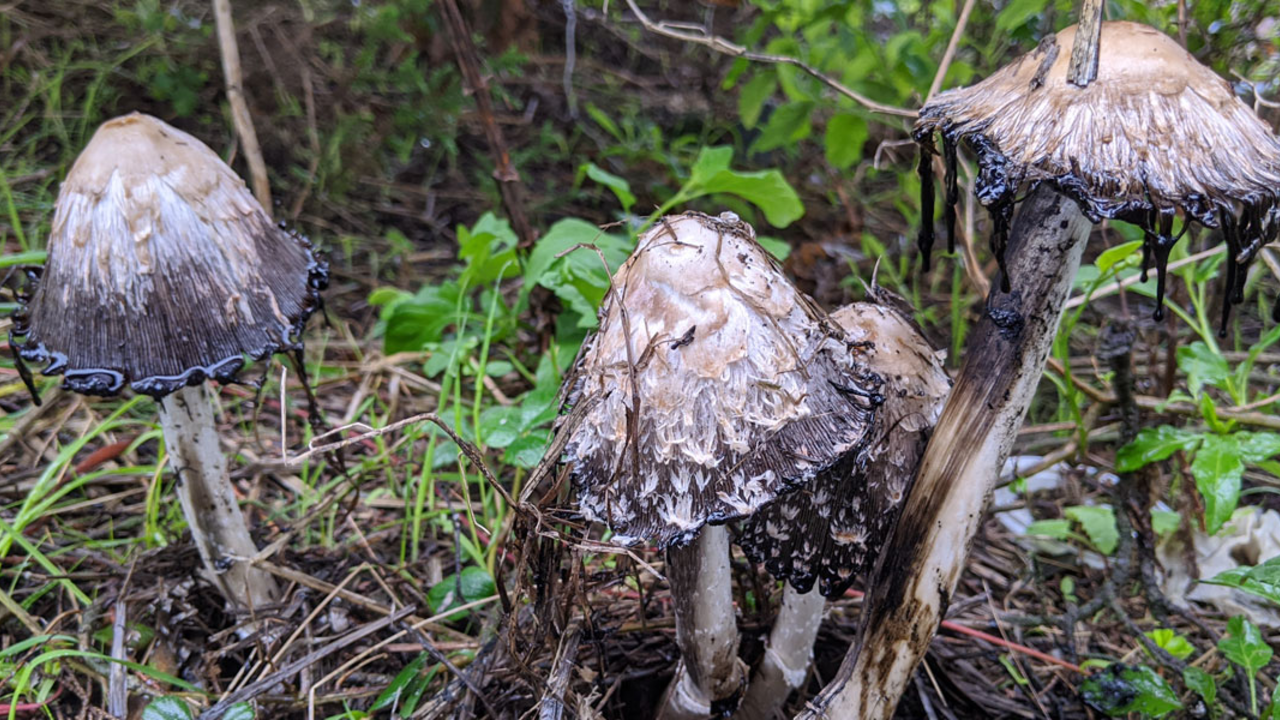
Also, in North America, indigenous people were just as knowledgeable as today of where and when fungi might grow, understanding which plants and weather patterns are necessary for production. They believed in a sustainable harvest, only taking large and young mushrooms, leaving others to be foraged on return visits in subsequent seasons. This type of sustainable harvest benefited people who could come back and rely on this food source, and the environment, so that other plants and animals could reap the benefits of the mushrooms as well. This type of thinking can easily be incorporated in our day-to-day lives as we focus on our impact of the environment or even our impact of others if we take too much and do not give back.
Indigenous people also used the Amadou, a type of conk, packing embers into the middle of the fungus which would burn for days and allow for the transportation of fire. These early uses of mushrooms show the benefits in day-to-day life with various cultures taking advantage of the benefits and seeing importance in the fungi. This is important to note because of the long history of fear associated with mushrooms. Many people hear about mushrooms when they make the news for being “poisonous” and “dangerous.” This fear distracts from the many uses of mushrooms, especially those that can help fight climate change.
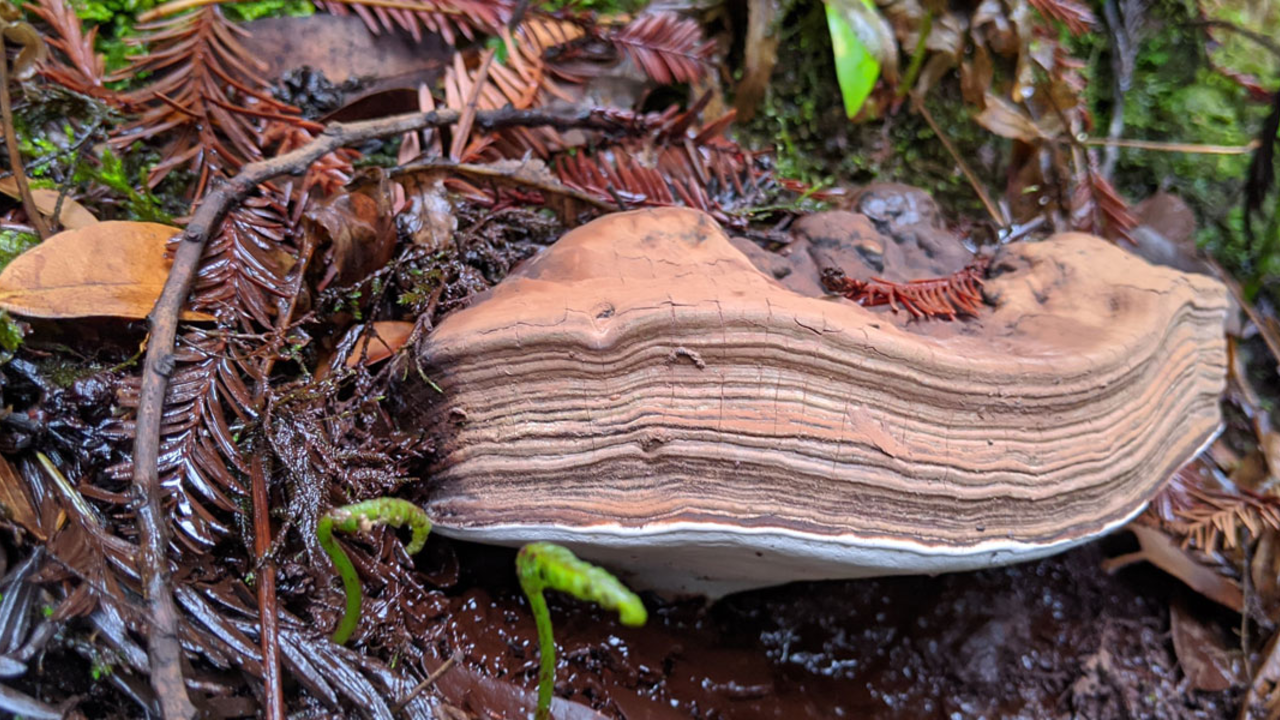
Currently, people are still discovering the many ways mushrooms can be used in life. One of the ways that fungus and mushrooms have influenced our world today is using Mycoremediation, mentioned above with the fires in Northern California, and mycrofiltration. Both processes help denature water and toxic waste through mycelium. Also, mycopesticides are being used to control insect pests. For example, metarhizium anisopliae is used for carpenter ant management. Instead of spraying lots of toxins in the home, mushrooms can be placed around infested areas to deter the insect. They become attracted to the smell of the mushroom, eat it, and then become infected, spreading the mycelium which then regrows in their colony, scaring away other ants.
These uses are just the start of a new era of restoration with fungus. Mycorestoration is a very new science, most of the information we have today is newly uncovered in the past 20 years. Each mushroom has a different use in nature, finding and researching mushrooms can help us discover new ways to benefit the earth.
Mushrooms do amazing things, appear in thousands of different shapes and sizes, grow from the insects that eat them, and absorb radioactivity to produce black fungus. Although we only recently started using mushrooms for scientific purposes, they have been helpful throughout history for various cultures. In understanding these organisms people can begin to undo stigmas about mushrooms and learn to enjoy the more mysterious things in nature, not only for their beauty but for their importance in keeping the natural world thriving.
So, take some time out in your week, hopefully after our long-awaited rain, to stop and smell the mushrooms!
Sources:
Wasson, V.P. and R.G. Wasson. 1957 Mushrooms, Russia, and History. Vols 1& 2. Pantheon, New York.
Stamets, Paul. Mycelium Running: How Mushrooms Can Help Save the World. Berkeley, CA: Ten Speed Press, 2005.
Bertelsen, Cynthia D.. 2013. Mushroom : A Global History. London: Reaktion Books, Limited. Accessed February 12, 2020. ProQuest Ebook Central.
https://brokenwallsandnarratives.wordpress.com/tag/women-foraging-for-m…
https://blog.mycology.cornell.edu/2010/01/06/mushrooms-as-sacred-object…
